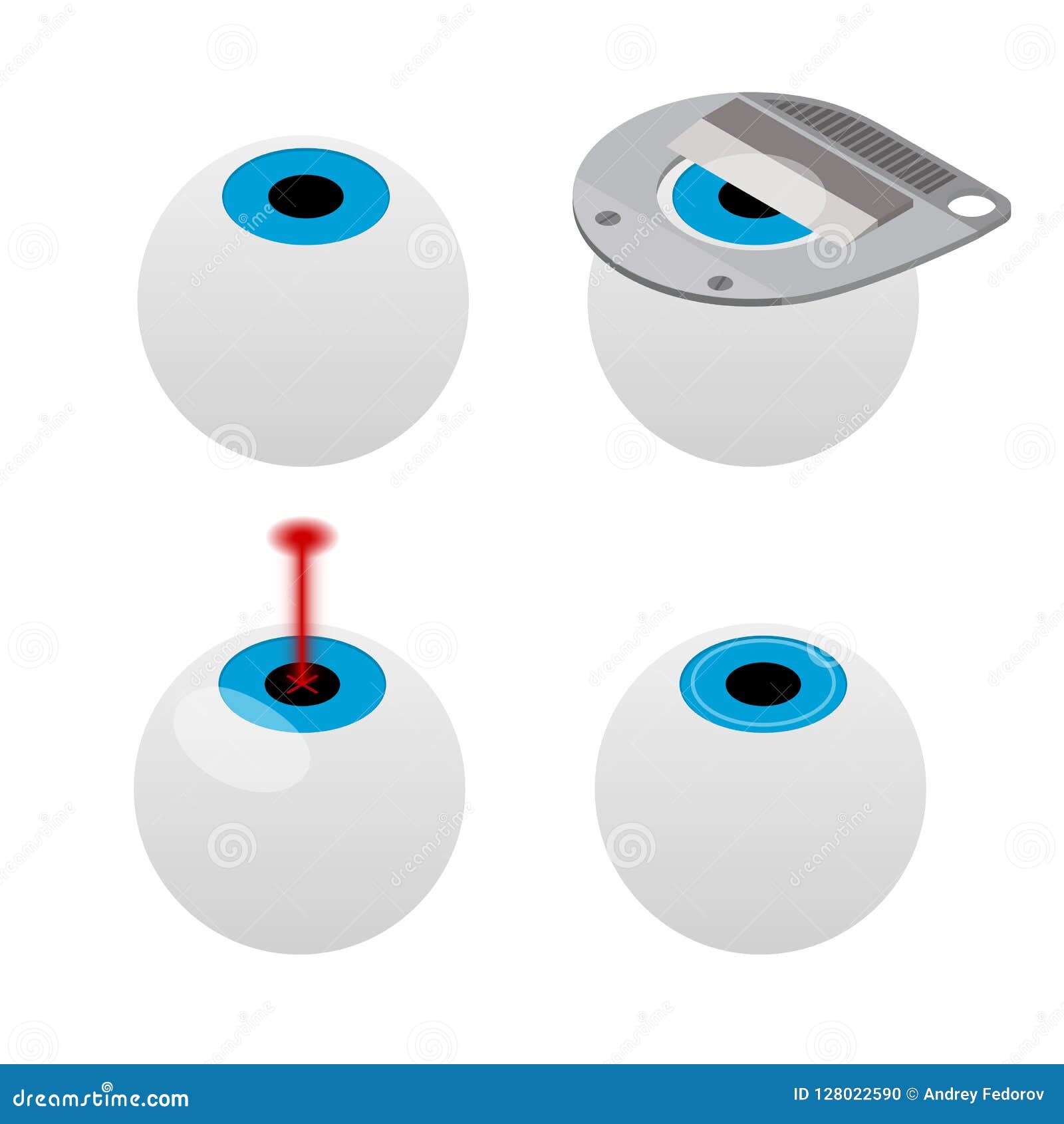As a cataract surgeon, your day begins with a detailed eye assessment, where you evaluate individuals' vision and lens clarity. You know just how important it is to identify cataracts accurately. When diagnosed, you prepare for surgical procedure, ensuring every information is represented. But the difficulty doesn't finish there. The real journey unfolds in the operating room, where accuracy is vital. What takes place next could specify an individual's aesthetic future.
The Diagnostic Refine: Identifying Cataracts
When it comes to diagnosing cataracts, clarity is key. You'll begin with a thorough eye exam, where you'll examine visual acuity and check for any indicators of cloudiness in the lens.
Throughout this procedure, you'll make use of specialized equipment, such as a slit light, to get a thorough sight of the eye's framework. You'll likewise execute a dilated eye examination to review the lens and retina better.
Collecting your patient's medical history is important, as it assists identify threat aspects like age, diabetic issues, or previous eye injuries.
After assessing the results, you'll determine the presence and extent of cataracts. This careful approach ensures you give the most effective referrals for treatment, setting the stage for the next action in their treatment.
The Operation: Precision at work
After detecting cataracts and discussing therapy options, you plan for the surgery, where precision is vital.
You enter the operating room, wearing clean and sterile gloves and a mask. The person relaxes conveniently under brilliant lights, all set for the change.
You begin by carrying out local anesthetic, guaranteeing they really feel no discomfort. With a steady hand, you make a little incision in the cornea, making use of sophisticated methods to remove the gloomy lens.
Continue Reading insert the synthetic intraocular lens, straightening it flawlessly for optimal vision. Throughout the procedure, you keep an eye on vitals and change as needed, keeping focus on the job.
In simply a short time, you'll have restored your individual's sight, a satisfying end result for both of you.
Post-Operative Treatment: Ensuring Optimum Recovery
As soon as the surgical treatment is complete, your duty changes to making sure the person's smooth recuperation.
You'll start by offering clear post-operative guidelines, worrying the significance of putting on the eye guard and taking proposed medicines. Advise them to prevent massaging their eyes and participating in strenuous activities.
Schedule a follow-up visit within a few days to check recovery and deal with any type of concerns. Encourage clients to report any kind of indicators of infection, such as enhanced inflammation or discharge.
Furthermore, talk about the importance of using synthetic tears to minimize dry skin. https://www.aarp.org/health/conditions-treatments/info-2019/should-you-get-lasik-surgery.html by guaranteeing them that aesthetic renovations might take time.
Final thought
In a cataract cosmetic surgeon's day, you witness the trip from diagnosis to recovery. You see the accuracy in surgical treatment and the treatment taken post-operation to guarantee your optimal recovery. With this experience, you obtain clarity not just in vision, but in recognizing the whole process. The count on developed in between you and your doctor is vital, paving the way for a smoother recuperation. With the right support, you get on your method to delighting in a brighter, clearer world.
